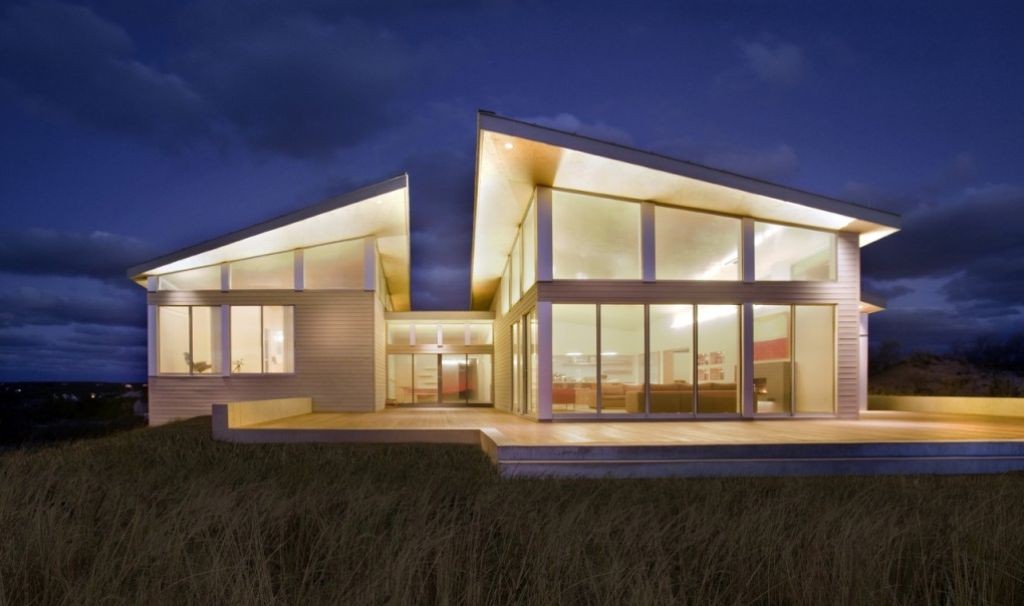Windows lose and gain heat by conduction, convection, radiation and air leakage. This heat transfer is expressed with U-values.
As a rating of energy efficiency, U-value can be used to consider performance of windows, exterior doors, skylights and all other exterior building components, including exterior walls.
In windows, the U-value measures how well heat is transferred by the entire window, that is the frame, sash and glass combined.
The lower the U-value, the more insulated the window unit and therefore the better the window will be in retaining the interior’s heat in the winter and keeping heat out during summer.
U-values are important because they form the basis of any energy or carbon reduction standard.
A significant part of the thermal energy transmission can be through the frames, or profiles, depending on how well the profile material conducts heat. Metals are generally good conductors which is why they feel hot to touch when exposed to the sun. This makes them poor thermal insulators.
Timber and plastics such as uPVC are poor conductors which therefore stops the heat transfer from the heat-exposed side to the non-exposed side. PVC and timber window frames are approximately thermally equivalent and provide a high level of energy efficiency compared to a standard aluminium frame.
| Window Unit | U-value |
| A typical single glaze aluminium window generally | 7.0 |
| A typical double glazed aluminium window | 4.5 |
| A typical uPVC double glazed window | 1.8 |
| A typical uPVC triple glazed window | 0.7 |
The above U-values indicate the potential to save valuable heating and cooling energy being lost through your windows.
According to the Australian Windows Energy Rating Scheme , the U-value ratings for Australian products generally fall between 2.0 and 10.0. A typical double glaze uPVC window rates better than this at 1.8.
Assessing the impact of radiation
A second element used to measure the energy efficiency of a window system is the Solar Heat Gain Coefficient (SHGC) – a measure of solar radiation going through the glazing into a building and therefore warming the interior.
The SHGC is therefore an important factor to consider in the hotter climate zones across Australia.
Australians are now using more energy to artificially cool their homes in summer than to heat them in winter. However, the use of energy efficient windows and doors can provide significant energy savings.
In climates where reliance on heating and artificial cooling is significant, choosing a window unit with a lower U-value and a lower SHGC is important.



